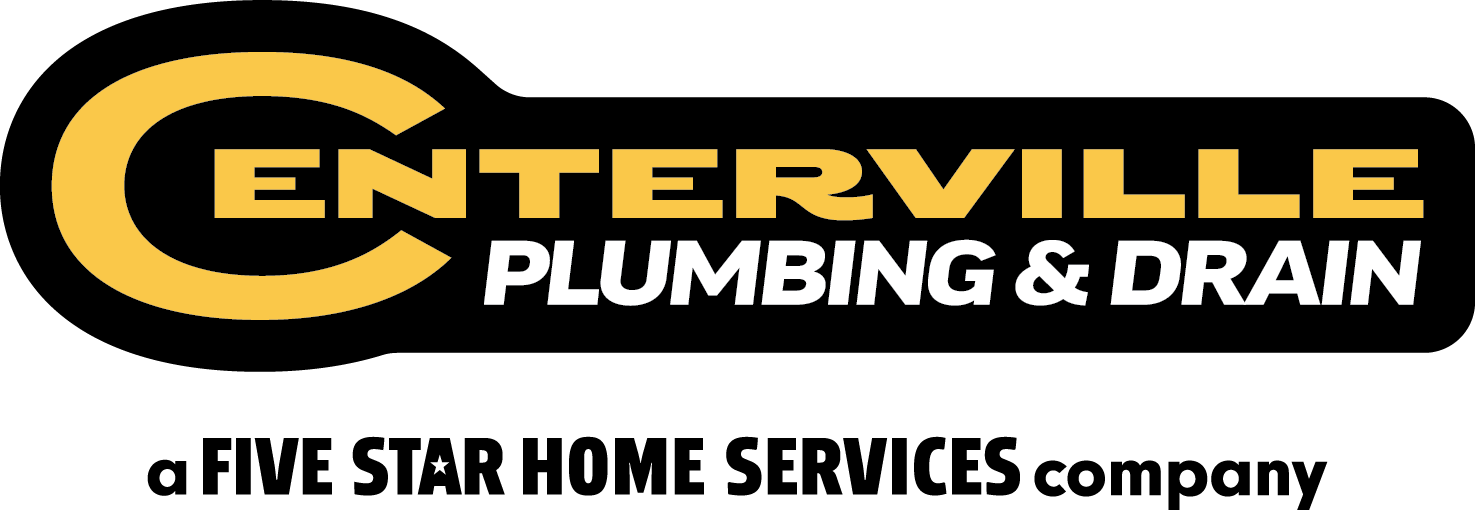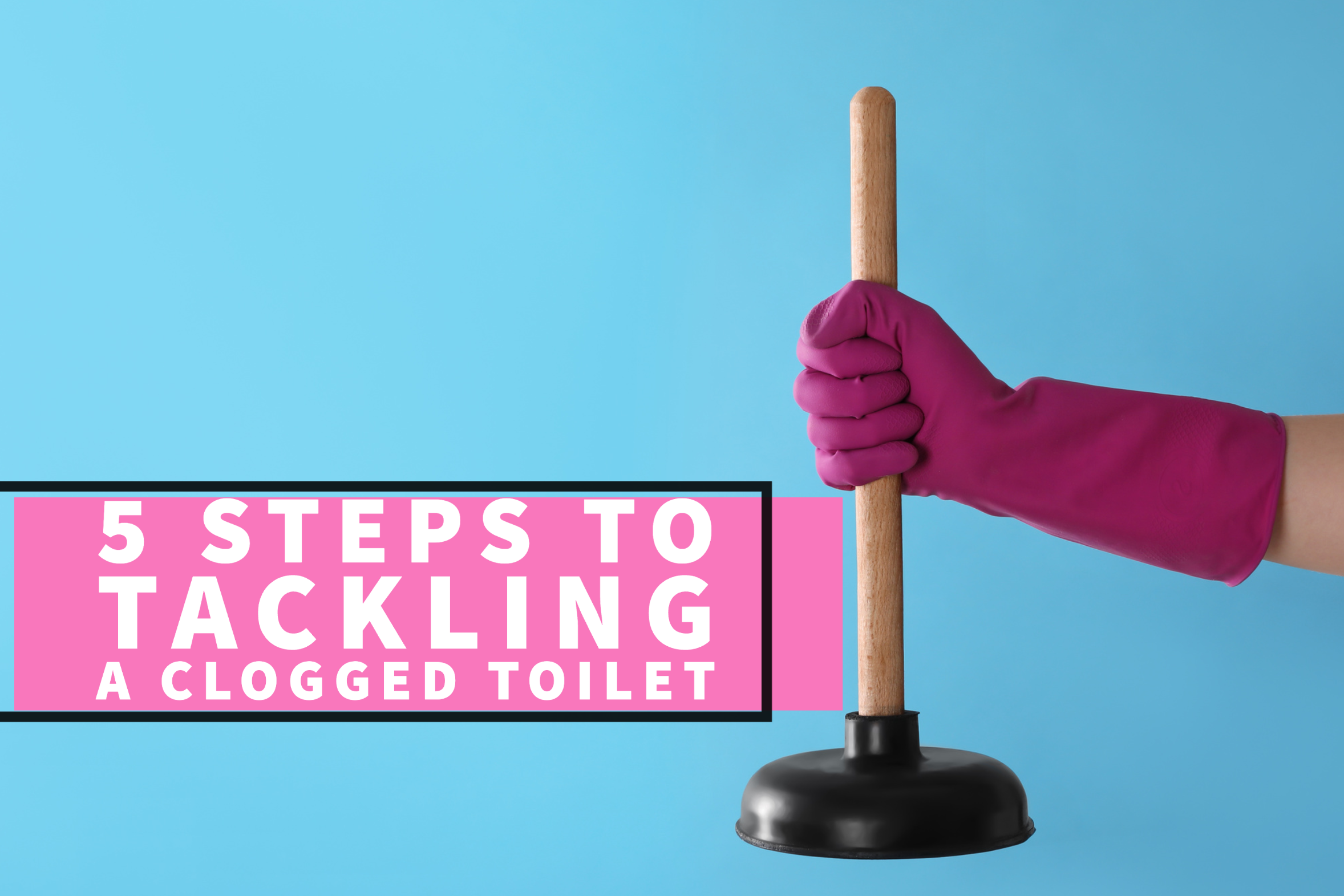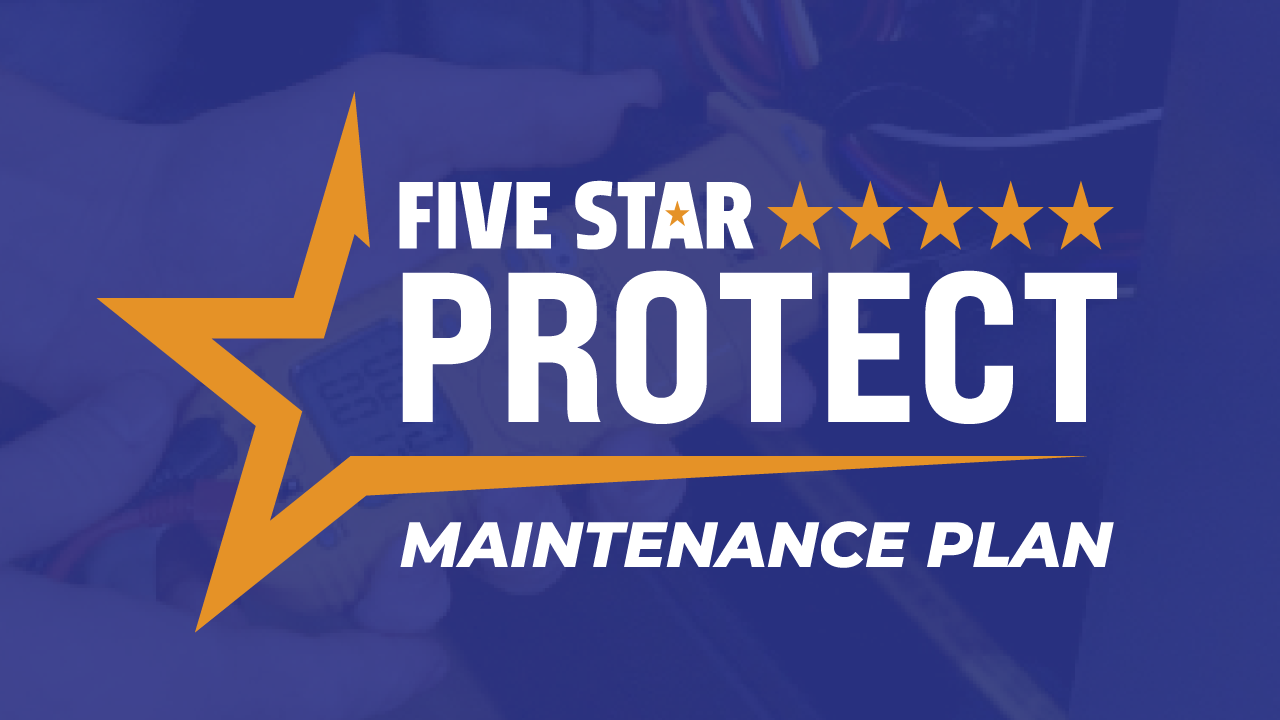Have you ever had the water in your toilet rise to the brim after flushing? It can be concerning when it doesn’t stop. So, what can you do? How do you stop it? The fact of the matter is, if your toilet water is about to overflow, there’s not really much you can do to stop it. So, first off – don’t panic. Stay calm and follow these instructions provided by your Centerville Plumbing & Drain experts.
1. Be Sure to Shut Off the Water Valve:
To prevent further complications when your toilet is clogged, you should find the toilet’s water shut-off valve and turn it clockwise to cut off the water supply. If you’re unsure of what the valve looks like, look for a football-shaped knob, typically positioned near the back of the toilet. And remember not to flush the toilet until the issue is fully resolved, as it will worsen the clog and cause more problems.
2. Be Sure to Seal the Flapper Closed:
To prevent water from flowing into the toilet, turn off the water supply, then open the back tank of the toilet. You’ll find a rubber seal inside that covers the drain. This seal stops water unless you pull the flush lever. You can look for the seal at the end of a metal lever or chain that connects to the flush handle and push it down gently to seal the water completely.
3. Be Sure to Tie Down the Float:
To prevent the water from filling the toilet tank, you need to find the float cup or float ball in the tank. It helps to regulate the water level. To stop the water flow, you can keep the float from moving.
4. Be Sure to Remove the Excess Water:
Great job on stopping the water flow and solving the problem! However, that bathroom and your floors still need to be cleaned. Start by removing the excess water from the toilet bowl to prevent another overflow when the toilet is functioning again. When cleaning up the water, it’s important to prioritize safety and hygiene, especially if there is any waste or debris present. It’s recommended that you wear gloves to protect yourself. Start by picking up any solid waste and disposing of it properly in a trash bag. Just remember to take the trash out as soon as possible when everything is taken care of. Then use a bucket or container to slowly remove the excess water from the bowl and pour it down the sink or bathtub. It is important to do this slowly and steadily to prevent making a bigger mess.
Water damage is never fun to deal with; therefore, now that everything else is taken care of, it is time to attend to your flooring. Now is a great opportunity to use a wet vacuum if you have one! If your floor is solid, you can make use of any available materials, such as old rags, towels, or paper towels, to wipe up the overflow. If the spill has affected a carpeted area, lay down some flat towels and place a heavy object on top of them to soak up the water, giving it ample time to thoroughly absorb the water. After clearing the floors of the excess water, make sure that the flooring is disinfected accordingly, along with all areas in the bathroom that came into contact with the toilet water.
5. Be Sure to Take Care of the Blockage:
Now that everything is sufficiently cleaned, it’s time to clear the clog in the toilet! You can use a plunger to neutralize the clog. If the issue persists or the toilet does not drain upon using the plunger, it may be necessary to reach out to a professional plumber. However, if your toilet is indeed working again, that’s great news! Before wrapping up, make sure you readjust everything back to its original position, put the tank cover back on, and turn the water valve back on.
Remember, if you have already tried to fix the problem on your own but haven’t been successful, don’t hesitate to contact us for assistance. We are always ready to help! Call Centerville Plumbing & Drain today at (937) 240-0169, or schedule an appointment online now by clicking here!




